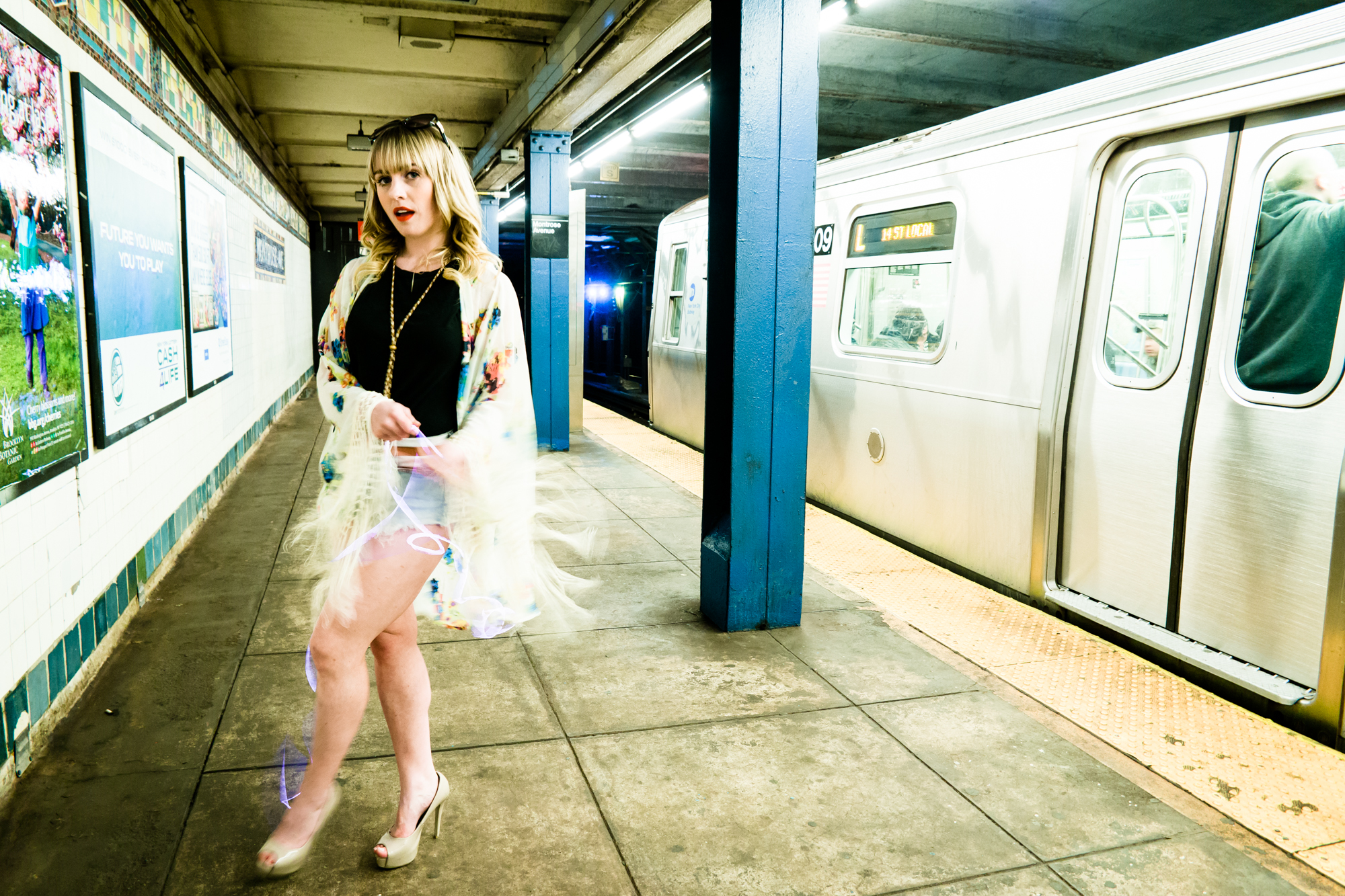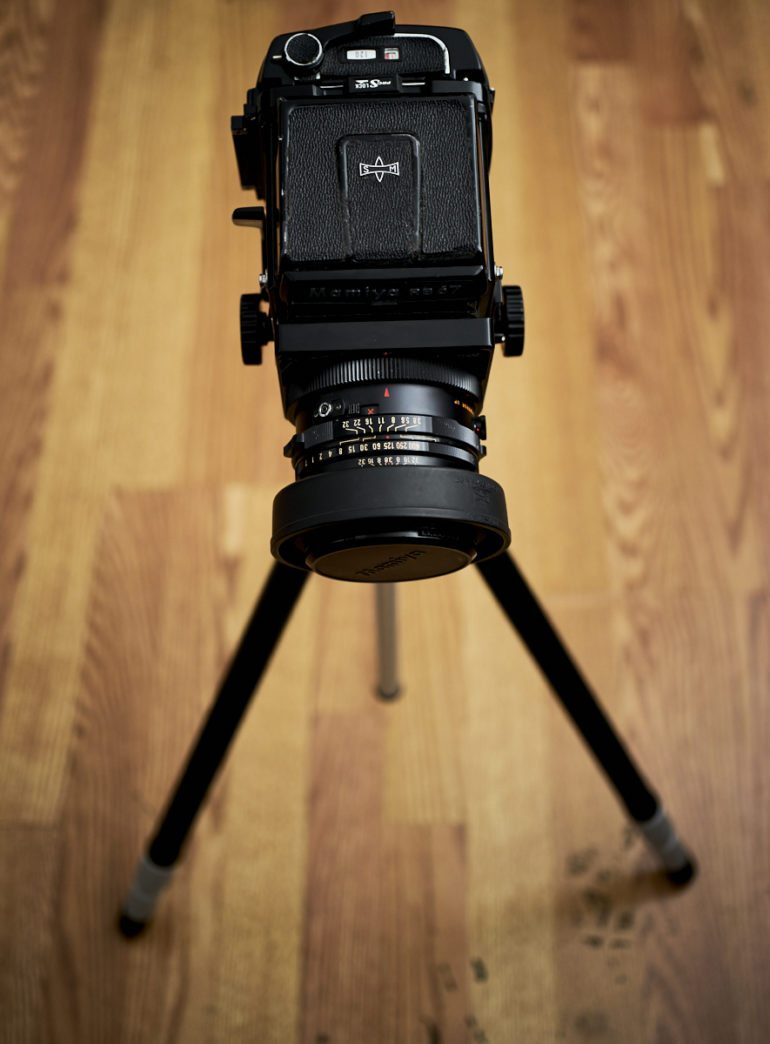Photographers of all skill levels can benefit from learning how to take less blurry photos.
While some photographers will tell you that shooting a camera is often like shooting a gun and that it has to do with your breathing, they couldn’t be any further from telling you only a partial truth. There’s a whole lot more that goes into shooting an image and maintaining a lack of blur caused by camera shake. It depends on a number of factors that image and sensor stabilization alone aren’t really going to help you out on. The saying goes something like “It’s not about the camera, it’s about how you use it.” To that end, the technology inside the camera and lenses can help you, but they’re still not completely responsible for getting a camera-shake-free photo. So here are some tips to help you out.
Stabilize Your Entire Body
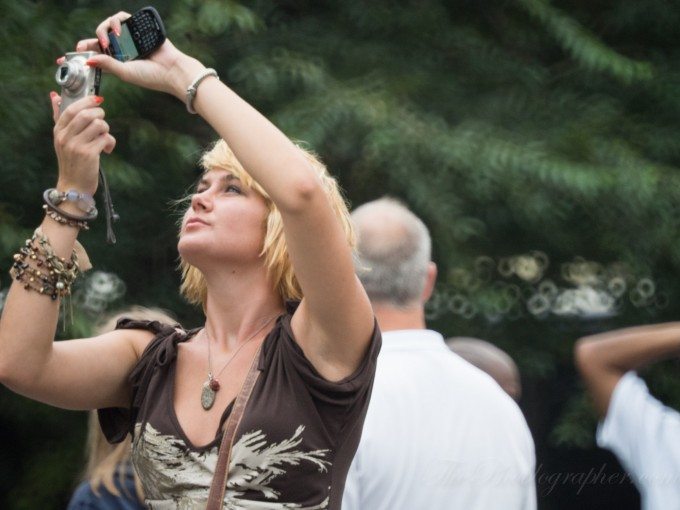
Stabilizing your body requires you to basically root yourself to the ground. You should be in a position where you are least likely to shake or move around. Ideally, the best position is sitting on the ground with your shins under you and knees to the ground. This way your body is the most stable. But if you’re standing, plant your feet apart a bit and tense up.
Bring the Camera in Closer to You
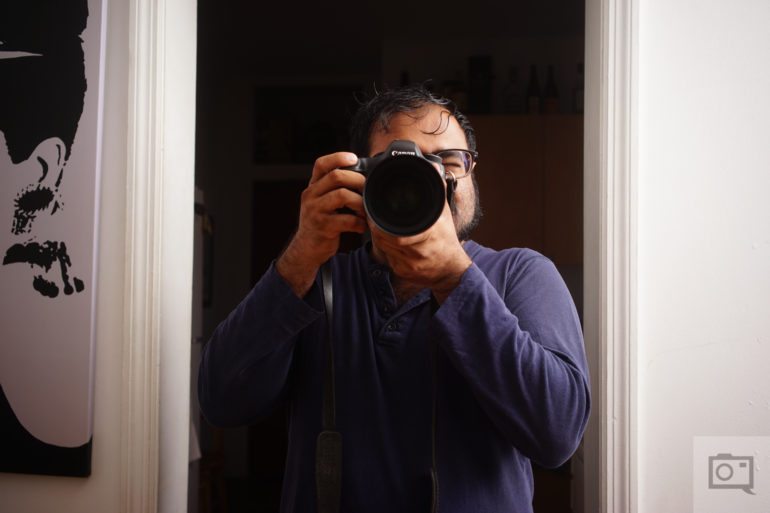
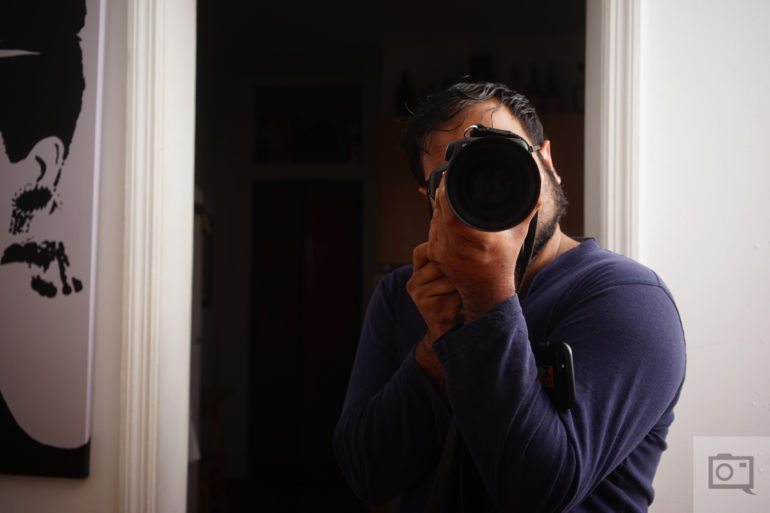
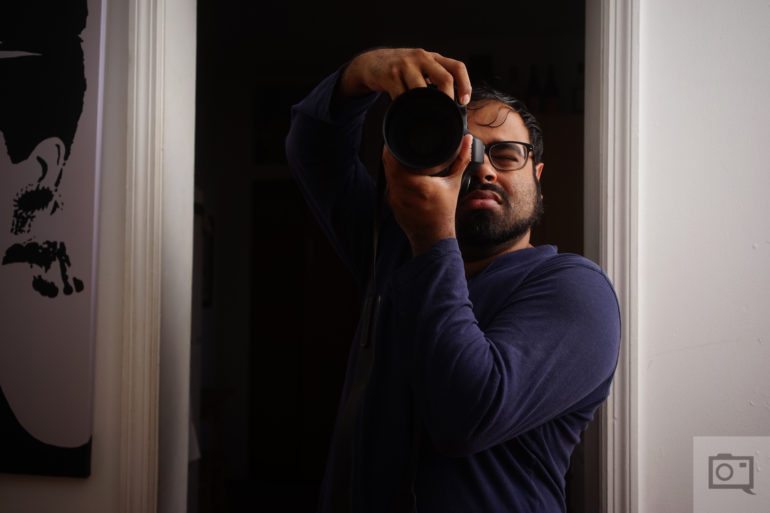
Many photographers shoot with their cameras a bit further away from their faces. I want you to try this:
- Stretch your arm out and smack it with your other arm. Try to keep the outstretched arm as stable as possible. To turn on hard mode, fill a spoon with water and ensure that none of the water falls out of the spoon.
- Then bring your arms into your body at your sides. With one arm, try moving the other. You’ll see that it’s harder to do.
Put Your Elbows Against Your Chest
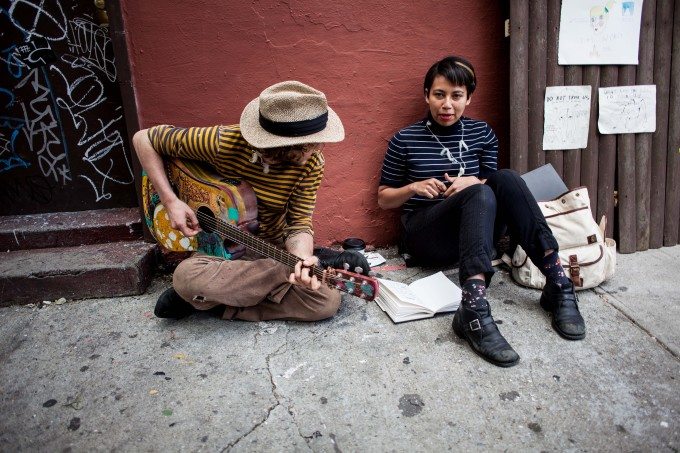
On top of all this, you should know that your elbows are a big part of the stability of your arms and camera. If your elbows are tucked into your chest or body, then your arm and whatever you’re holding are going to be very stable.
The Reciprocal Rule of Focal Lengths and Shutter Speeds
Beyond techniques physically involving your body, shoot with a specific shooting style. You should know about the reciprocal rule of shutter speeds. According to a previous post of ours:
The reciprocal rule of shutter speeds states that:
- In order to achieve a stable image that is devoid of camera shake, you must shoot at a shutter speed that is the reciprocal of the minimum of the field of view.
- What does that mean? If you’re using a 100mm lens on a full frame 35mm sensor/film body, then you need to shoot at at least 1/100th to produce an image that contains no camera shake when shooting handheld.
- If you’re shooting with a 100mm lens on an APS-C sensor that has a 1.5x crop factor, then you need to shoot at 1/150th at a minimum. Here, the crop factor is taking into consideration.
- If you’re shooting with a 100mm lens on an APS-C sensor that has a 1.6x crop factor, then you need to shoot at 1/160th at a minimum. Here the crop factor is also taken into consideration.
- Micro Four Thirds shooters need to shoot with a 100mm lens at a minimum of 1/200th because of the crop factor.
Use a Tripod, Not a Monopod. A Tripod
Lastly, use a tripod and stabilize the tripod with your camera bag or something else. Just because a camera is on a tripod doesn’t mean that it’s stable. It’s going to be more stable for sure, but the heavier something is, the generally more stable it is.


